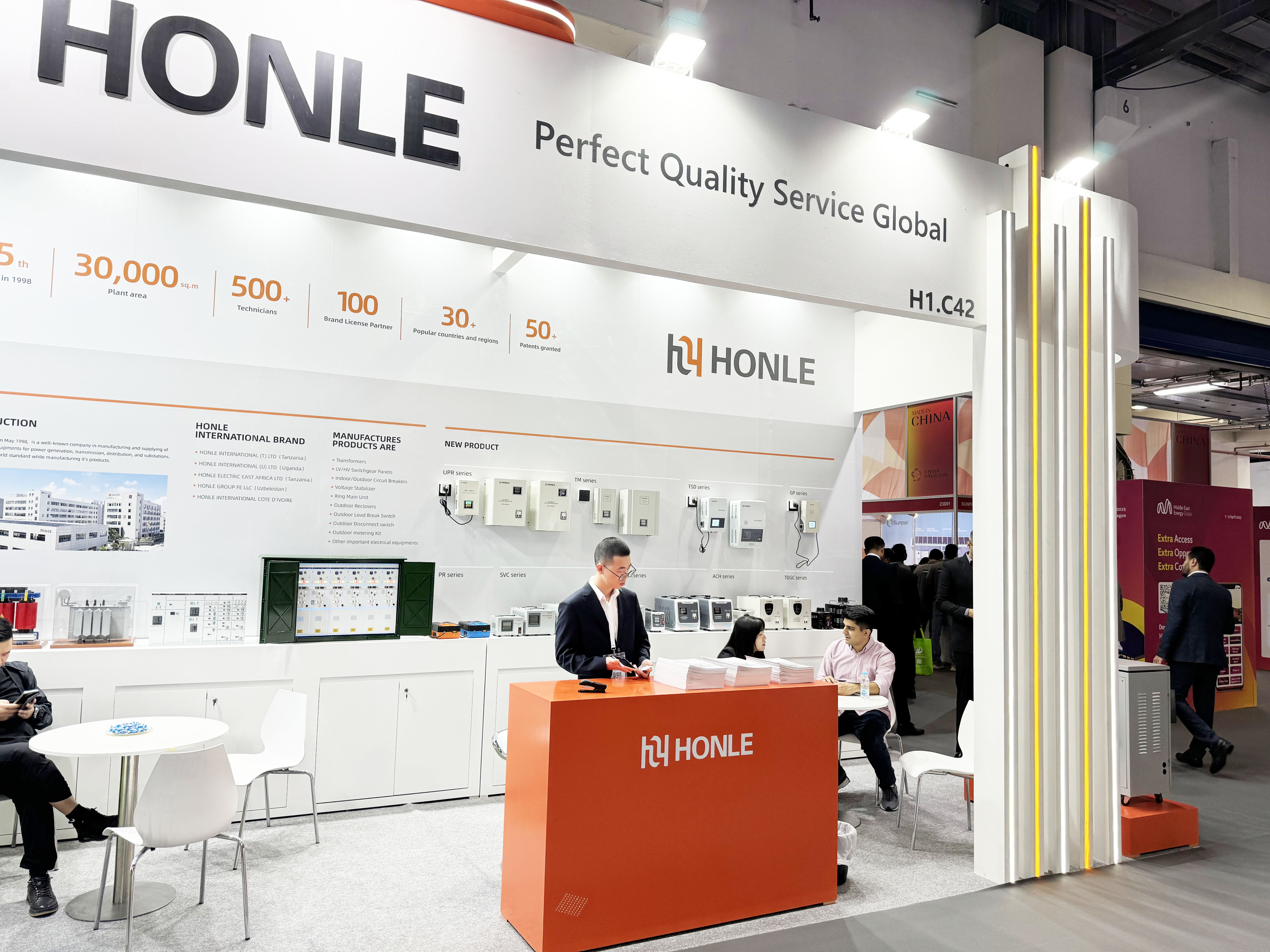What does an automatic voltage regulator do?

 Site Editor
Site EditorAn automatic voltage regulator (AVR) is a highly important device that serves several crucial functions in electrical systems.
1. Voltage Stabilization
The core task of an Automatic Voltage Regulator is to maintain a constant output voltage regardless of variations in the input voltage or changes in the load. In electrical power systems, generators are a common source where Automatic Voltage Regulators play a vital role. The Automatic Voltage Regulator continuously monitors the generator's output voltage. If there are fluctuations in the input power supply, such as due to changes in the grid voltage or disturbances in the power generation process, the Automatic Voltage Regulator springs into action. It makes precise adjustments to ensure that the output voltage remains within a tightly defined range. For instance, if the input voltage suddenly drops, the Automatic Voltage Regulator will increase the excitation current to the generator's field winding, thereby boosting the output voltage back to the desired level. Conversely, if the input voltage rises too high, the Automatic Voltage Regulator will reduce the excitation current to bring the output voltage down.
In industrial settings, the importance of stable voltage cannot be overstated. Sensitive equipment like computers, servers, and precision machinery rely on a consistent power supply. Even small fluctuations in voltage can cause significant problems. Voltage spikes can damage delicate electronic components, while voltage drops can lead to reduced performance or even unexpected shutdowns. An Automatic Voltage Regulator acts as a safeguard, ensuring that these devices receive a stable voltage at all times. This not only enables them to operate reliably but also extends their lifespan by reducing the stress on their internal components.
2. Load Compensation
The load on a power source can change constantly, and these changes can have a profound impact on the output voltage. An Automatic Voltage Regulator is designed to detect these variations and adjust the voltage accordingly. When the load on a power source increases, there is a greater demand for current. This increased current flow causes a voltage drop across the internal resistance of the power source. The Automatic Voltage Regulator senses this drop and responds by increasing the output voltage. This increase in voltage compensates for the voltage drop caused by the increased load, ensuring that the voltage at the load terminals remains relatively constant. For example, in a factory where multiple machines are connected to a common power supply, as more machines are turned on and the load increases, the Automatic Voltage Regulator will automatically adjust the voltage to maintain a stable power supply for all the equipment.
Conversely, when the load decreases, the current demand drops, and there is a potential for the output voltage to rise. The Automatic Voltage Regulator quickly detects this change and reduces the output voltage to prevent overvoltage. This ability to dynamically adjust the voltage in response to changing loads is essential for ensuring a stable power supply for connected equipment. It allows the power source to handle a wide range of loads without significant changes in voltage, providing reliable operation even in situations where the load fluctuates frequently.
3. Protection of Electrical Equipment
An Automatic Voltage Regulator provides crucial protection to electrical equipment from damage caused by abnormal voltage conditions. High voltages can be extremely harmful to electrical equipment. They can cause insulation breakdown, which can lead to short circuits and even fires. Overheating is another common problem caused by high voltages, as excessive voltage can cause electrical components to draw more current than they are designed for, resulting in increased heat generation. An Automatic Voltage Regulator helps to prevent these issues by keeping the voltage within a safe range. If the voltage starts to rise above a certain threshold, the Automatic Voltage Regulator will take immediate action to reduce it, protecting the connected equipment from damage.
Similarly, low voltages can also cause problems. Equipment may not operate properly at low voltages, leading to reduced performance and productivity. In some cases, low voltages can even cause equipment to fail altogether. An Automatic Voltage Regulator can detect low voltage conditions and take steps to increase the voltage to a suitable level. Some Automatic Voltage Regulators also come equipped with additional protection features such as overvoltage protection, undervoltage protection, and short-circuit protection. These features provide an extra layer of safety for connected equipment. In the event of an overvoltage or undervoltage condition that exceeds the Automatic Voltage Regulator's ability to correct, it may shut down the power supply to prevent damage to the equipment. In case of a short circuit, the Automatic Voltage Regulator can quickly disconnect the power source to prevent further damage and potential hazards.
4. Optimization of Power System Efficiency
By maintaining a stable output voltage, an Automatic Voltage Regulator can contribute significantly to the efficiency of a power system. When electrical equipment operates at a stable voltage, it can function at its optimal efficiency. This means that it consumes less energy and performs better, reducing overall operating costs. For example, in a motor-driven system, a stable voltage ensures that the motor operates at its designed speed and torque, minimizing energy losses due to inefficient operation.
In addition to improving the efficiency of individual equipment, an Automatic Voltage Regulator can also help to reduce power losses in transmission and distribution lines. Voltage fluctuations can cause increased resistance in the lines, leading to higher power losses. By minimizing these fluctuations, the Automatic Voltage Regulator helps to keep the resistance low and reduce power losses. This can result in significant savings in energy costs over time, especially in large-scale power systems. Moreover, a stable voltage can also improve the power quality, reducing harmonic distortion and other electrical disturbances that can affect the performance of connected equipment.








